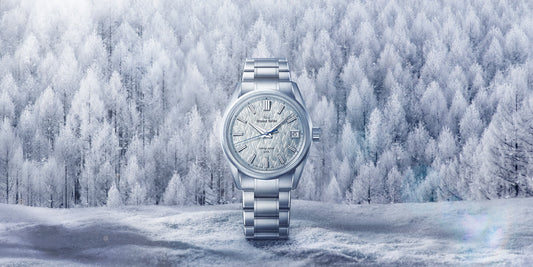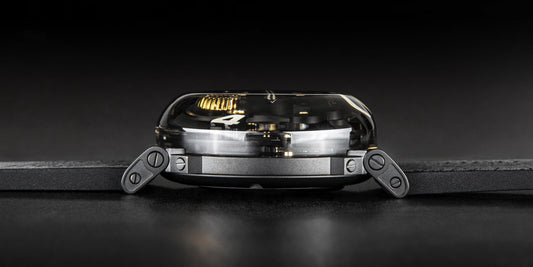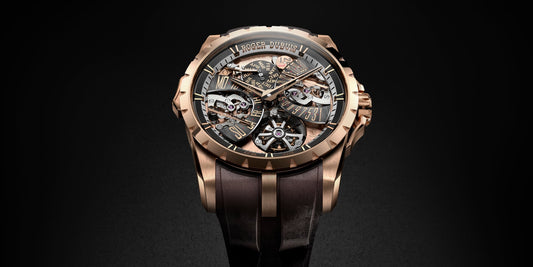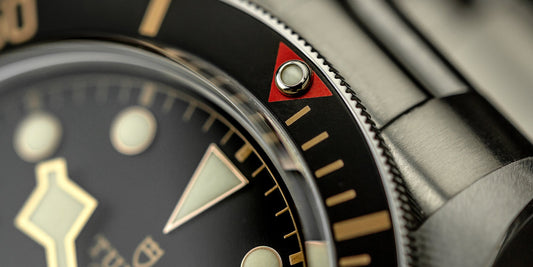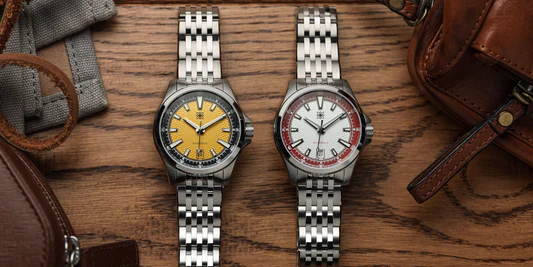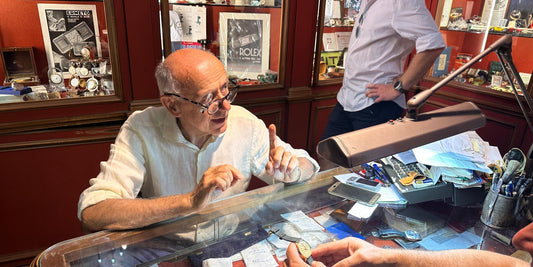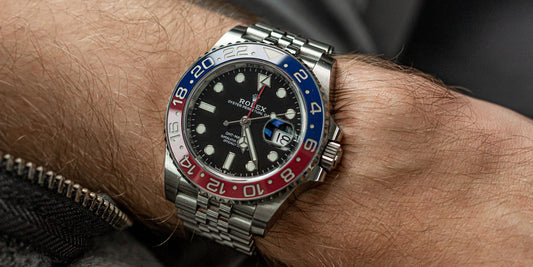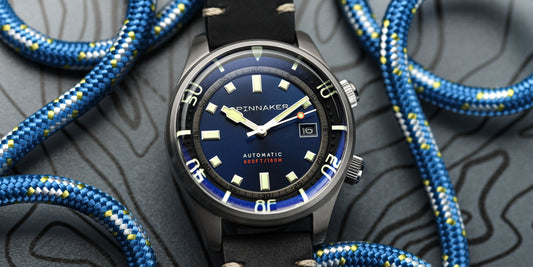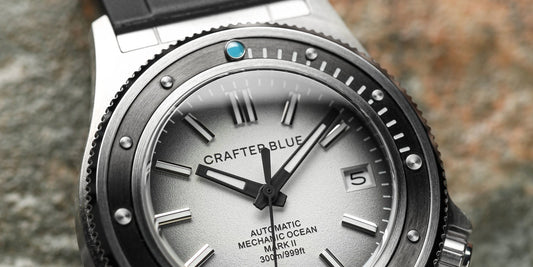For an indication of how times have changed, look back at how Sir Stirling Moss – the motorsport legend who passed away on Easter Sunday – described his glorious career compared to that of modern...
“My quality of life was far higher than Jenson Button’s or Lewis Hamilton’s. All I had to do was turn up to drive the car and then go off and chase crumpet.”
But behind the humour and glamour lay a grim reality. Sir Stirling saw many of his friends and colleagues cut down by tragic accidents.
It seems hard to understand how drivers like Moss accepted those risks, but he explained it with characteristic lucidity. You just had to have an unshakeable faith in your own ability, believing that you were driving within the limits of your own capabilities. Those who died in accidents, for the most part, weren’t – so it would never happen to you.

Harry Pot / Anefo / CC0
That’s not entirely true though, as there were two things that Moss feared: oil on the track, and mechanical failure. It was almost certainly an unexplained failure that caused the 1962 accident on Easter Monday at Goodwood that effectively ended his career: spectators reported seeing a flash of flame from the back of the Englishman’s car before it slammed into a bank. Moss would be left in a coma for 38 days, and when he tested a racing car again the following year, after a long recovery, he realised that he was just a little bit slower, a little less sharp than before. Something had gone missing. And for somebody who thrived on winning, there was no real point in continuing.
Moss always set far more store by winning races than championships. Which is why he will always be saddled with the label of having been the most successful racing driver never to win a championship title. There were other reasons too: he was a consummate sportsman, sacrificing his own chances on more than one occasion to help his teammates. He also preferred driving British cars when he could, commenting famously that it was better to lose honourably in a British car than win in a foreign one.

The famous Millie Miglia in '55 - Unknown photographer / Public domain
But if it had four wheels, he would drive it. In total Moss won 212 races of all descriptions – having only declared himself officially retired in 2011, after he took part in the Le Mans Legends race at the age of 81. Possibly the greatest of his victories was the 1955 Mille Miglia race across Italy, in which he set a new record over the 1000-mile Italian classic in a Mercedes 300 SLR, accompanied by journalist Denis Jenkinson. They covered the total distance in 10h 07m 48s: an average of 97 miles per hour, non-stop. Jenkinson’s write-up of the experience is possibly the most famous piece of motorsport journalism in history, and you can still read all of it right here.

This is one of those photos, looking closely at Moss' right wrist... Harry Pot / Anefo / CC0
There’s something else that Sir Stirling was famous for as well, which is watch straps. Look closely at photos that were taken in his heyday, and you’ll see that he’s nearly always wearing a specific bracelet on his watch: with two thin metal bands around his wrist, two millimetres thick, in gold.
Of course, there’s a story behind it. “In those days cars were inclined to be greasy and oily and as I was unable to clean a leather strap I decided to have one made that I would be able to wash,” he explained once. “I first had it made in 1951, and if you see any picture of me since then, I won’t have the same watch, but I’ll have the same wristband.”
It was a brilliantly simple solution to a practical problem and went on to be widely copied by others. But it’s still known simply as the ‘Stirling Moss strap’. There was another, more sobering advantage to the design. With so many cars catching fire, minimising the amount of metal in contact with your skin was a distinct advantage. Moss’s watch brand of choice was Chopard: appropriately enough, because Chopard is the current sponsor of the Mille Miglia: the race that Sir Stirling made his own. But although Chopard has only been sponsoring the current Mille Miglia since 1988, Moss had actually been wearing a Chopard long before then, as they were making a rattrapante – a watch with an extra second hand, to time several cars at once – ahead of many rivals.
“Chopard to my mind are one of the finest watches available and I rarely wear anything else,” Moss said. “I have always worn my watch on my right wrist, ever since, as a 15-year-old, I used a punch ball. I am partially left-handed and favoured my left fist to punch with, and on one occasion my watch flew off and broke!”

Moss spotted in 2009, still wearing his watches on that bracelet... - Peter Suranyi / CC BY-SA
Chopard has made several Mille Miglia special editions over the years, one of the most prized of which is the Mille Miglia GT XL Limited Edition Stirling Moss. But the very first watch brand Moss was officially associated with was much more obscure: Enicar. This was nothing to do with cars, but instead a Swiss watch brand founded in 1914 by a certain Artiste Racine – who simply reversed the letter of his surname to create his brand.
Moss first appeared in Enicar adverts in 1958 (promoting their Ultrasonic range of watches) but was mostly linked to the Enicar Sherpa Graph: a chronograph launched in 1960, with a large 40-millimetre case. Maybe that’s why it was called ‘the speedometer for your wrist’ in advertising.
The Enicar deserves a story all of its own, but in any case Sir Stirling will always be more closely associated with a style of strap rather than any particular watch brand. Typical of a thoroughly practical, thoroughly British man who liked to do things very much his own way.
Sir Stirling was the last of the true gladiators, and he’ll be sorely missed.



